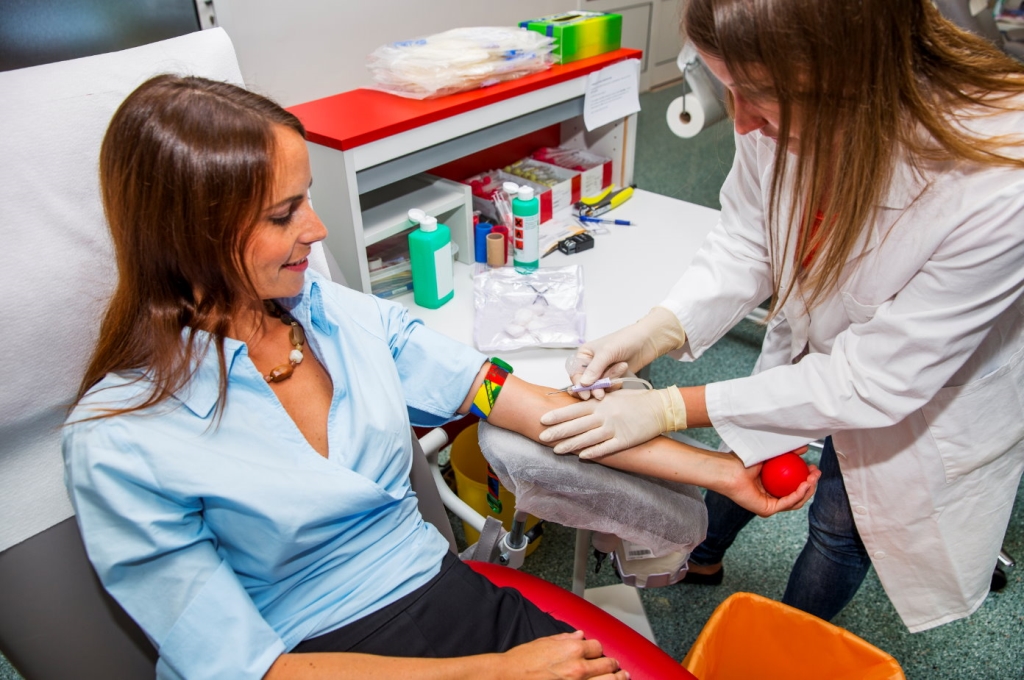Are you interested in a career in healthcare that involves helping people and working in a fast-paced environment? If so, training to become a phlebotomist might be the perfect path for you. Phlebotomists are trained professionals who are responsible for drawing blood from patients in hospitals, clinics, and other medical settings for various purposes, such as medical tests, transfusions, or donations.
In this comprehensive guide, we will explore what it takes to become a phlebotomist, the training and certification required, as well as the job outlook and potential career opportunities in this field. Whether you are a recent high school graduate looking to enter the healthcare industry or a seasoned professional considering a career change, this guide will provide you with valuable information to help you make an informed decision.
**Why Become a Phlebotomist?**
Becoming a phlebotomist can be a rewarding career choice for several reasons:
1. **Job Stability:** The healthcare industry is constantly growing, and the demand for phlebotomists is expected to increase in the coming years. This means that job stability and security are high in this field.
2. **Quick Training:** Unlike many healthcare professions that require years of education and training, phlebotomy programs can be completed in a relatively short amount of time, typically ranging from a few weeks to a few months.
3. **Flexible Work Schedule:** Phlebotomists have the option to work full-time or part-time, and they may also have the opportunity to work evening, overnight, or weekend shifts.
4. **Opportunity for Advancement:** With additional training and experience, phlebotomists can advance to supervisory roles, such as lead phlebotomist or phlebotomy instructor.
**Training Requirements**
To become a phlebotomist, you will need to complete a phlebotomy training program and obtain certification. Here are the steps you will need to take to become a certified phlebotomist:
1. **Complete a Phlebotomy Training Program**: Enroll in a phlebotomy training program, which can be found at community colleges, vocational schools, or healthcare facilities. These programs typically cover topics such as anatomy, physiology, medical terminology, blood collection techniques, and infection control.
2. **Gain Hands-On Experience**: As part of your training program, you will need to complete a certain number of supervised blood draws to gain hands-on experience.
3. **Obtain Certification**: Once you have completed your training program, you will need to pass a certification exam to become a certified phlebotomist. The most common certifying bodies for phlebotomy are the National Center for Competency Testing (NCCT), the National Healthcareer Association (NHA), and the American Society for Clinical Pathology (ASCP).
4. **Continuing Education**: To maintain your certification, you will need to complete continuing education credits every few years.
**Job Outlook and Salary**
According to the Bureau of Labor Statistics, the median salary for phlebotomists in the United States is around $35,510 per year. The job outlook for phlebotomists is also promising, with a projected 17% growth rate from 2019 to 2029, much faster than the average for all occupations.
Here is a table showing the top industries for employment of phlebotomists and their average annual salary:
| Industry | Average Annual Salary |
|———————-|————————|
| Hospitals | $36,480 |
| Physician Offices | $34,530 |
| Diagnostic Laboratories | $35,980 |
| Outpatient Care Centers | $34,290 |
**Conclusion**
training to become a phlebotomist can be a fulfilling and lucrative career choice for those interested in the healthcare field. With job stability, quick training programs, flexible work schedules, and opportunities for advancement, phlebotomy offers a range of benefits for individuals looking to enter this rewarding profession.
If you are considering becoming a phlebotomist, be sure to research training programs in your area and choose a reputable institution that will provide you with the knowledge and skills you need to succeed in this field. By obtaining certification and gaining hands-on experience, you will be well on your way to a successful career as a phlebotomist.
